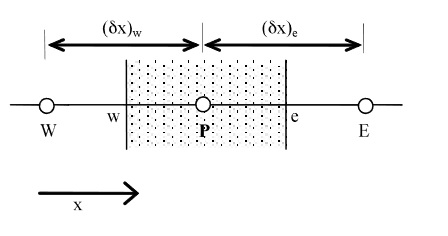Un Modelo Numérico 1D en Volúmenes Finitos para la Solución de las Ecuaciones de Flujo e Infiltración del Riego por Gravedad en Melgas
DOI:
https://doi.org/10.33017/RevECIPeru2012.0005/Keywords:
Superficial flow, Finite Volumes, Infiltration, Numerical Modeling 1D, Border Irrigation.Abstract
The development of this model will allow to possess a computational tool to design adequately the system of border irrigation, reducing the water loss and using in an ideal way to improve the productivity of the cultures, under the premises of efficient use of water, that is to say cultures of major productivity, to the lowest consumption of water, using methodologies of production optimal. Was implemented the numerical scheme in finite volumes for the equations of flow Saint Venant, which allowed knowing the profile of superficial flow and the infiltration in the soil according to the advance of the irrigation. After the process of simulation of several, cases, was managed to establish that the longitudinal slope plays an important paper in the flow for the border irrigation according to the raised model the slope must be minor 0,001 m/m. The major slopes generate rapid or supercritical flows, which is not advisable in the design of the border irrigation, since it will be a direct source of erosion. As for flows of revenue of border irrigation the bibliography indicates a range from 1 to 5 l/s/m, which has been an employee in the model without any disadvantage. In this work Richards's equation is diminishes to his expression unidimensional more his temporary component and the results fulfill satisfactorily the aim to predict the movement of the water in the subsoil, from information of physical properties of the soils 23 and imposed conditions dirichlet type of water load on the soil. As for the validation of the mathematical model with referential data of works of investigation was used the work realized by Osier-bed (2005) for the flow in surface and Dahualde G. (2005) for the process of infiltration. It is possible to confirm the results with some differences attributable to the solution of the equations, to the numerical used method and the scheme of solution.


